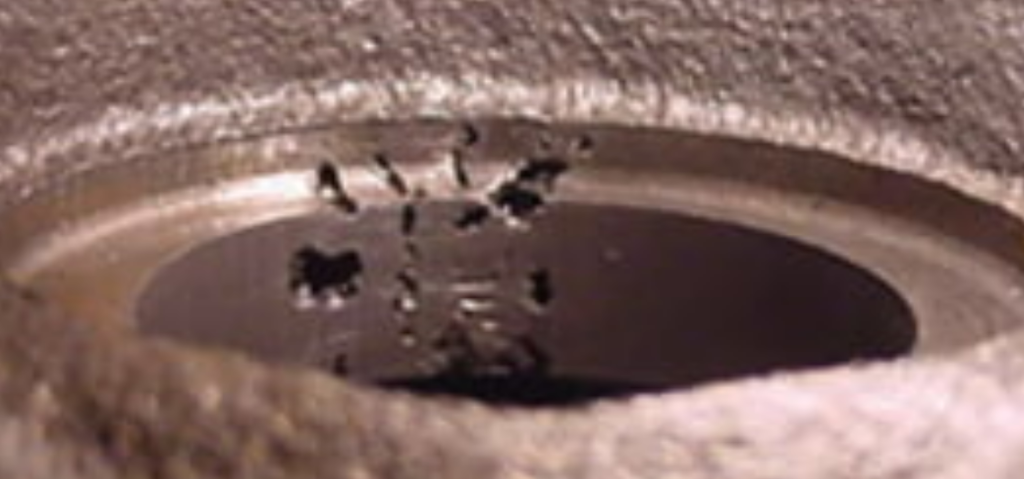The die casting process involves applying high pressure to molten metal, a process similar to plastic injection molding. However, die casting is complex, and many factors may compromise the quality of die-casted products.
Die Casting defects are now major concerns due to loose raw material control, inadequate process and production planning, and others.
Consequently, an inability to solve these casting defects properly will affect the quality of end products. However, one essential thing to note is that you may not be able to avoid every defect during the die casting process. In such cases, designers may have to modify mold design.
Therefore, we’ll discuss the various types of die casing defects in this article, detailing their causes, solutions, and how to prevent them. Let’s get right into it! Here, we will be covering the various die casting defects and remedies. These defects often occur due to incorrect fillings or an inadequate solidification phase, and there are two major categories:
1.1 Gas Porosity
This involves the formation of bubbles in the cast after cooling. You will see gas porosities as round or oval structures on the body of die casting parts, and they also have smooth, bright white or yellow surfaces. Most solid metals cannot hold a large amount of dissolved gas, but liquid metals can. As a result, the gas in the solid metal forms voids or bubbles within the cast as it cools. This often occurs during the solidification phase, and you may notice some holes within the cast. Depending on the severity of gas porosity, it can lead to other types of defects and increased scrap rates.

Causes:
Released hydrogen from molten metal alloys – Higher smelting temperatures often lead to higher hydrogen solubility in molten metal alloys. The cooling and solidification involved in die casting reduces the solubility of hydrogen and releases it from the molten metal. As a result, gas porosity occur.
Involved gases in the metal alloy filling process – The die casting process involves filling molten metal alloy into dies at high speed and pressure. Therefore, turbulence can occur if the liquid alloy can’t flow stably and orderly, leading to gas porosity.
Gases from mold releasing agents – Mold releasing agents usually decompose and release gases upon heating by the molten metal alloy. Consequently, gas volatilization can occur due to the overuse of mold release agents.
Solutions:
Control the melting process by melting the raw material in a vacuum under flux or around a low solubility gas to stop air from reaching the molten metal.
Ensure you sure a clean and dry metal alloy ingot.
Use discernable die casting parameters, including injection speed.
A sufficient sprue and runner length will help molten alloy flow stably and discharge gases easily.
Select high-quality mold releasing agents and use a reasonable amount.
1.2 Shrinkage Porosity
Shrinkage porosity is formed during the cooling and solidification process of casting, and metal alloys shrink upon cooling. Therefore, there is a high possibility of this defect occurring without adequate precautions. However, it becomes a defect when uneven shrinkage makes the shape distorted or creates holes in the cast.
Shrinkage porosity can occur as open shrinkage, warping, and closed shrinkage, affecting the metal’s stress. You would see this defect as angular edges, and they may also come with cracks or dendritic fractures.

Causes:
- Unreasonable design of the cooling system.
- Opening of mold too early.
- Using an extremely high pouring temperature.
Solutions:
- Improve overall casting structure.
- Redesign the running (gate) system to have risers that enable continuous molten metal flow.Insert internal chills, cooling coils, or ribs to increase hea dissipation.Adjust the casting temperature to reduce total volume deficits
